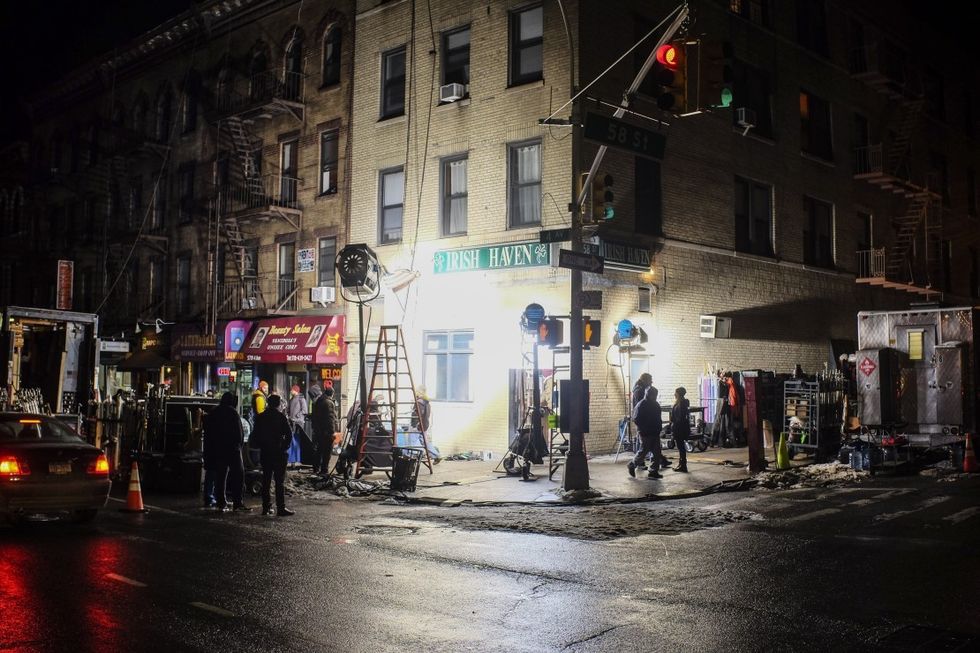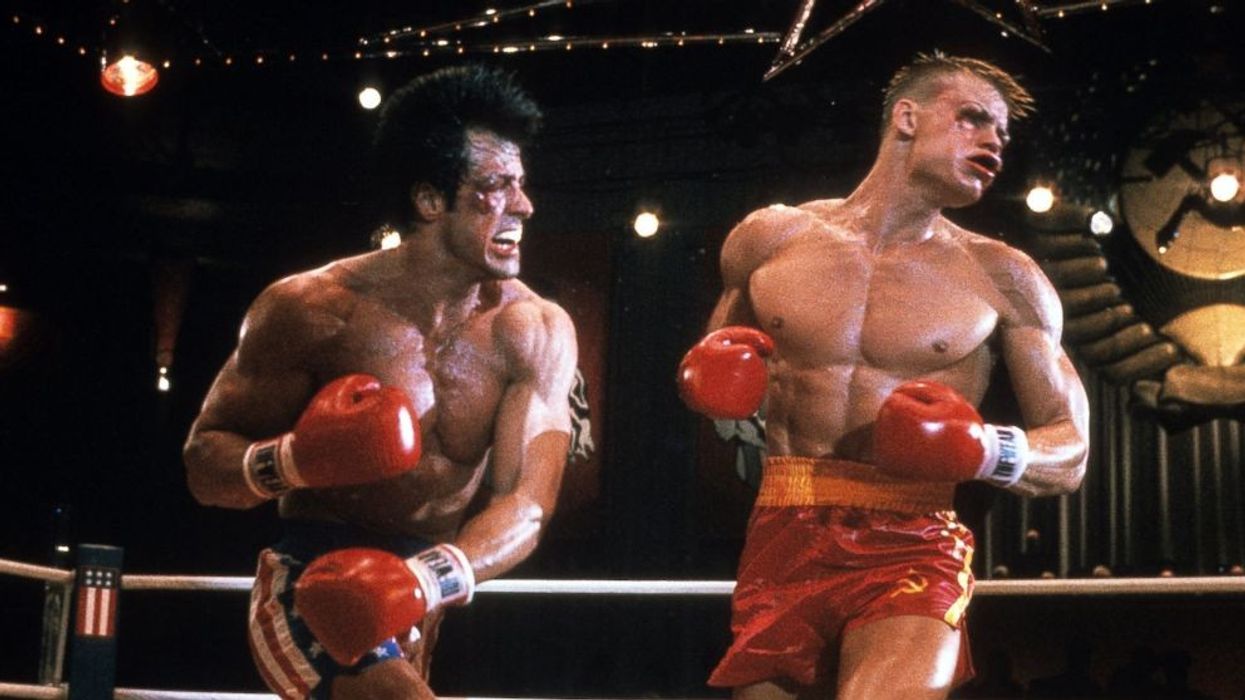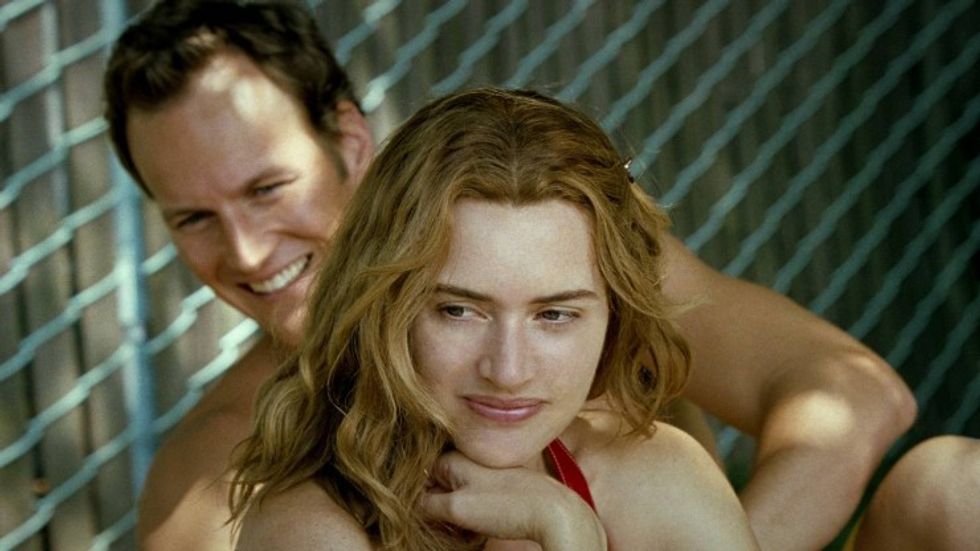

[Editor's Note: No Film School asked Adrijana Lazarevic to collect these 99 templates because of her expertise working with filmmakers at Filestage.io.]
No one really feels like doing paperwork, but let’s be honest: no good film comes without organization and planning.
That’s where templates can help you out. I work at a startup that creates software for filmmakers, and we see how busy you are every day, so we collected the most helpful templates, guides, and checklists out there to make your life a little easier.
They really help save time for what matters most: letting your creativity flow and producing breathtaking movies that won’t be forgotten. We've also covered the topic of free filmmaker documents before, as well as how you can use free templates for production reports.
The categories covered in this list are: Script Prep/Pre-production, Storyboard/Mood Board Templates, Shot List Templates, Script Breakdown Sheets, Budgeting, Accounting, Personnel/Cast Forms, Insurance Forms, Equipment Documents, Production/Shooting, and Music Releases.
Much of your planning happens well before production, including trying to get investors on board and starting to determine who your audience will be. Here are some templates for early steps, including a form for "optioning" a story that you want to produce, and a director's worksheet that lays out what you'd like to see happen in each scene.
Storyboarding is a cornerstone of the filmmaking process. A storyboard is a sequence of drawings that paint a picture of the your storyline, showing the structure of, and vision for, key scenes. We've also included a moodboard sheet for establishing the visual style of your film.
Organization is the key to a successful shoot. With the help of a shot list, you can easily arrange single shots within any given scene. You can determine, for example, the number of shots necessary to capture a particular action most effectively. Give it a try with one of these practical templates.
Here you can find helpful templates providing detailed descriptions of scenes, and the equipment and personnel assigned to each one. This way, you never lose sight, and can make sure everything is going according to plan.
While making a film, you or your producer have to keep a lot of things in mind and, before you know it, you can easily go over budget. This compilation of templates will help make sure that you don't lose sight of your financial statements. Some of them additionally provide examples of budgeting.

Once you have a budget, you have to actually do the accounting. Maintaining an overview of your finances and money flow is crucial. Check your financial resources by making notes of their movement. These forms will help you keep track.
From general contracts and agreements to crew templates, many of these forms are necessary to lay out a foundation for the business behind your film and get a good team on board.
Cast & Crew Lists
34. Crew Contact List - Filmsourcing
35. Cast and Crew List - Studiobinder
36. Cast List - Film Contracts
So you found the most suitable locations to portray your vision. Now, as with everything else, you need to do the paperwork and take care of business These templates have you covered. But also don't forget to read our primer on locations in the first place!

Keep in mind that life doesn’t always have a bright side. Especially when it comes to accidents or health problems. Therefore, always insure your crew, yourself and the equipment. These templates will get you started.
A movie is usually not made by a smartphone in one hand and a music player in the other. You need a whole bunch of stuff, plus, you have to deal with it. Cameras, recorders, lights, a whole set, and so on; all this has its price and needs to be paid attention to. These forms can help.
You've got your cast & crew, locations, and equipment and now you're onto the shoot: the time when staying organized is most crucial. To avoid slip-ups, interruptions or any other negative factors that make your life as director harder than it should be, use these forms. This list includes call sheets, your essential tool for communicating requirements with everyone on set.
Imagine movies without any music—unthinkable! Music is an essential part of a film experience. But, just as films have their patents and rights of use and enjoyment, sounds and music do too. And the legal use of music can be complicated. Here are some of the papers that help you do things right.
Filestage is a web app for filmmakers to share, review and approve videos efficiently. Clients and co-workers comment directly in your videos and design-frames accurately. All visual projects can be managed at ease.
From Your Site Articles
Writers deal with difficult problems all the time. Not least of them is deciding which point of view to use in their stories. How can you tell a story and have people picture it in their minds? Is there a way to see characters on the page and not have to embody them?
How do you dig into multiple characters' thoughts and desires?
When you're writing literature or even a screenplay, I find that a third-person point of view is crucial to helping people imagine the events of the story.
But what is the third-person point of view? And why has it become such a popular way to convey ideas to an audience?
Today., we're going to go over the definition, look at examples, and study how you can get the most out of writing this way.
Sound good? Let's get started.

'The Tree of Life'Credit: Fox Searchlight
Point of view is the writer's way of deciding who is telling the story to the audience.
You always want the point of view to be consistent and clear so the audience knows what is going on in the story.
There are three kinds of points of view—first person (I run), second person (you run), and third person (they run).
The third person point of view definition is as follows—in the third person, our point of view is told by a narrator who exists outside the story.
They deliver the actions of the characters and what happens in the story by referring to them directly by using names or personal pronouns like he, she, or they.
So how do we view the narrator?

'Little Children'Credit: New Line Cinema
There are three types of third-person POV—omniscient, limited, and objective.
When it comes to the third-person POV, you should have a narrator who knows what's going on in all aspects of the story. We call that person "omniscient" or all-knowing. That means they can enter anyone's mind or jump through any period of time.
In Pride and Prejudice, Jane Austen jumps into characters like Elizabeth's head and then to Mr. Darcy as well. We can get in anyone's head with this version of third person. And we can tell any story that jumps in time.

'Pride & Prejudice'Credit: StudioCanal
This point of view, sometimes called "close third" is when we stick with one character but still deliver third person. You might see this in a lot of novels about specific people. You can do this for a whole chapter, novel, or sequence. In film, you can do it for a few scenes or change during flashbacks or flash-forwards.
The J.K. Rowling Harry Potter series is by far the most popular franchise to do this. We get chapters from Snape's point of view, Harry, Voldermort, and even another character. While they all eventually wind up back with Harry, we look into this world for plot points of the story.
This point of view allows the writer to control what information the reader knows and when. It is used to build interest and heighten suspense.
This is probably the most used third-person point of view in screenwriting because it lays beats out for entertainment purposes.

'Harry Potter and the Sorcerer's Stone'Credit: Warner Bros.
Third-person objective point of view is focused on neutrality. We get narration not focused on thoughts and feelings, but on observations about the way people act.
There's a famous short story by Ernest Hemingway called Hills Like White Elephants in which an objective narrator tells us about the actions of a couple waiting for a train. They argue about their relationship and the next steps. We can infer this is a conversation about starting a family versus having an abortion, but no one explicitly states that.
As filmmakers, we want to make sure our exposition is not on the nose, but we often use the idiom "show, don't tell." So we should be a bit objective and not explicit when characters are going through things. We want to play it all out in a scene.

'Dumbo'Credit: Disney
When you're writing a book or a screenplay, you want to build a world for the audience and steep them in it. Your narrator can know everything going on, or not. You get to decide how they deliver the story in exciting beats and keep the audience on the edge of their seat.
Remember, as storytellers, your goal is to brighten the thoughts and feelings of the characters in the story. And then communicate those to the captive audience.
You see third-person POV a lot of times in video games. You play either as the character (first person) or as controlling the character. You're limited to the character but if you play with multiple people, you have a more omniscient point of view.

'Arcane'Credit: Netflix
Now that you know third person POV, you can focus your work so that every single character is delivered the right way for your story. It doesn't matter if you have an omniscient narrator or a limited third-person POV. You can be in a character's thoughts or not at all.
The main thing is to stay consistent. Tell your story the way you see fit, and keep it the same throughout.
Third-person perspective can take you anywhere. I can't wait to see where it goes.